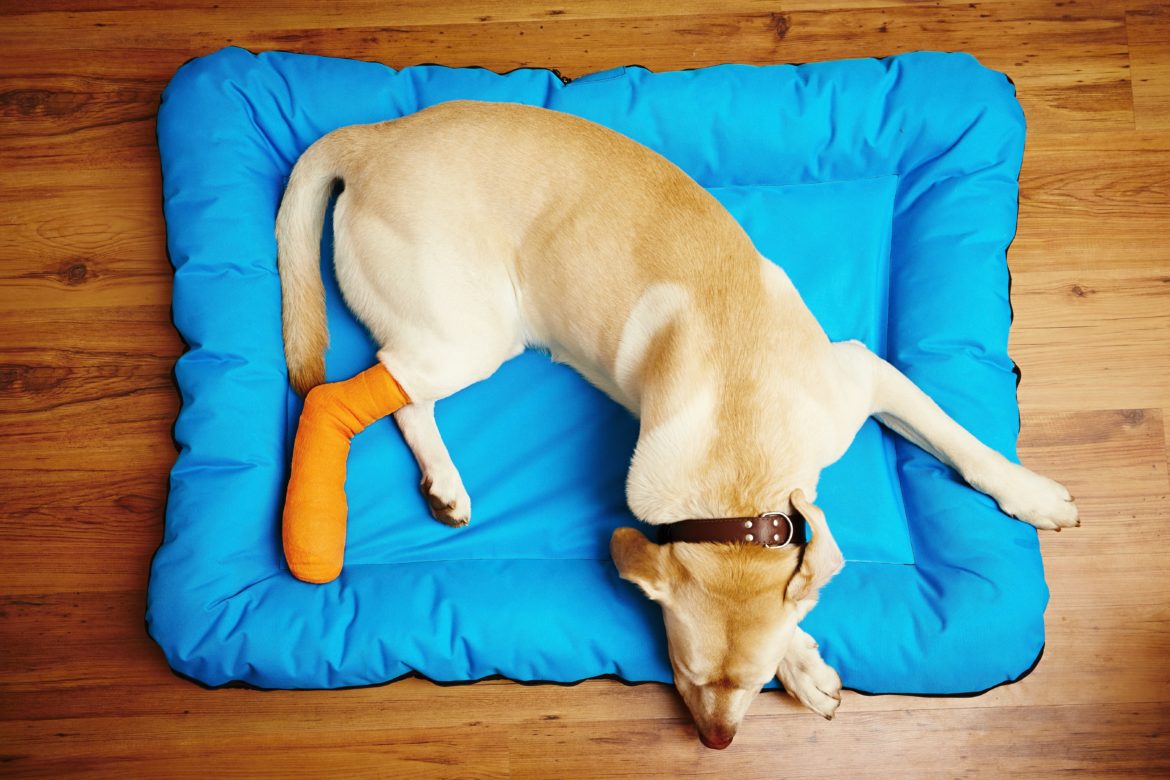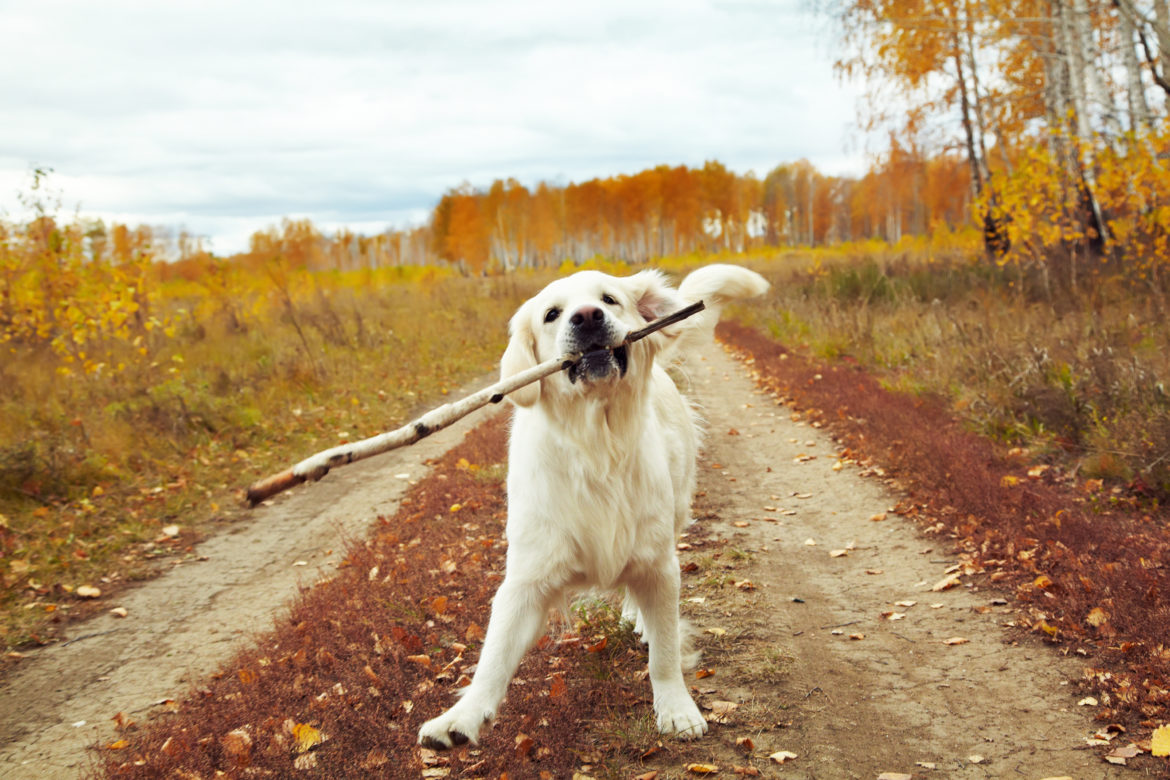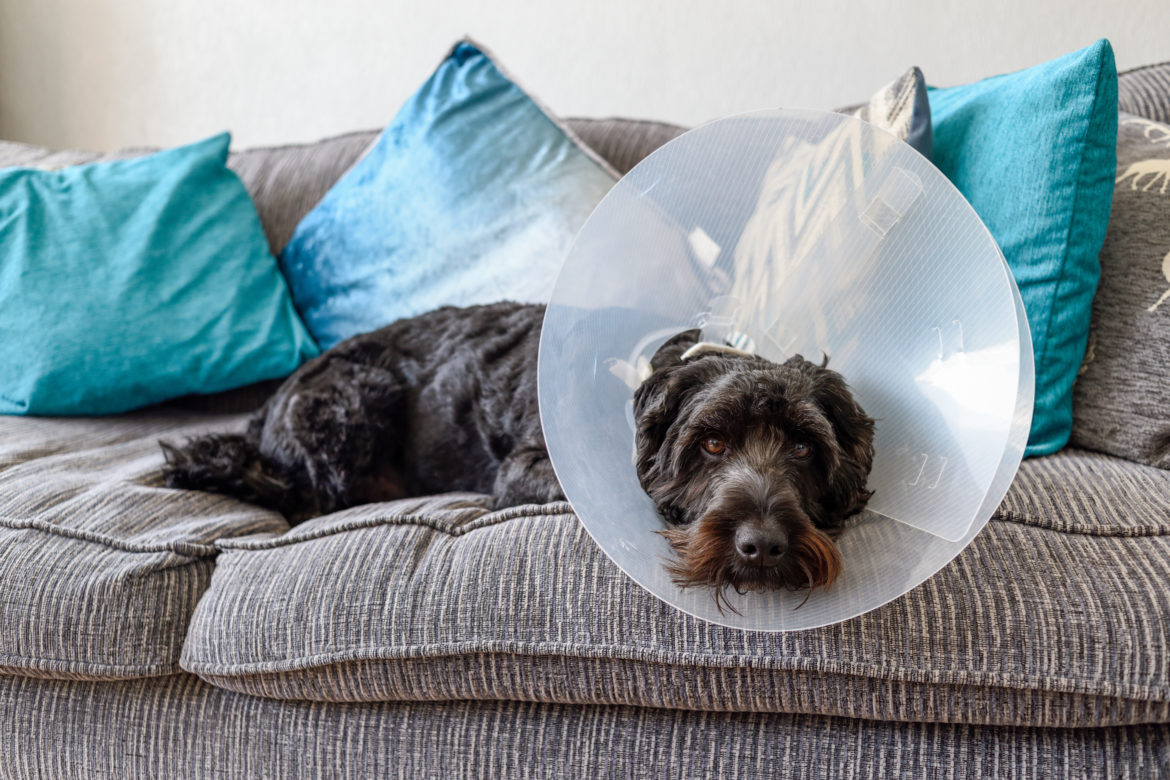In some point in your time as a pet owner, it’s likely your furry companion will need your assistance in moving from one place to another. Whether it’s after surgery, after an injury, or simply old age, here are some tips for keeping your pet safe and comfortable while transporting or moving him.
1. Give your care provider a heads up. Call ahead to your vet clinic or the animal hospital to let them know you’re coming and what to expect. That way, they can prepare to assist with transport upon your arrival.
2. Keep your pet calm. Sit next to your pet, speaking to him in and soothing, comforting tone. It’s important that you stay calm, too. Even though it may be your natural reaction when your dog is frightened, you should avoid hugging, holding, or any other stimulating interactions that could worry or excite him.
3. Minimize handling (after an accident). In cases of physical trauma, it can be impossible to know the extent of your pet’s injuries, and any manipulation of his body could lead to further injury. Do not prod, shift, or move your pet beyond what is absolutely necessary to get him to safety or emergency care. All movements must be slow and steady. Try to stabilize visible injuries with a splint or bandage.
4. Minimize handling (after surgery). When your dog has just been through a surgery or other corrective procedure, avoiding unnecessary movement is the best route to quick recovery. Speak with your vet about how you should limit your dog’s motion and the best ways for you to help him carry out necessary activities while healing. You can read more in our post on keeping your dog inactive after surgery.
5. Lifting and carrying. Small dogs are a breeze – just put them in their carrier and make sure they are secure to avoid too much movement. However, large dogs can be too heavy for one person to lift alone, or in too delicate a state to be lifted by hand no matter how many helpers you have. Instead, use a stretcher (any strong, flat surface, or even a rug or blanket, should work) with some type or restraint or barrier to keep the dog in place when lifting.
6. Protect yourself and your dog from aggression. Even docile dogs can become aggressive when in pain or distress. Approach your pet cautiously from the side and avoid the mouth area. If necessary, gently muzzle and create a temporary restraint with towels or blankets to prevent your dog from hurting himself or others. If a dog is vomiting, never muzzle him.
7. Plan ahead for the unexpected. It doesn’t hurt to have a first aid kit with a muzzle, leash, blankets, and other items that can help protect your dog on the way to emergency or veterinary care. You should also have your pet’s medical records in a convenient location.
If accidents can happen to us, they can certainly happen to our pets, too. Part of being an attentive pet owner is preparing yourself for the unexpected, and educating yourself on how to handle emergencies that require calming, stabilizing, and transporting an injured animal.




